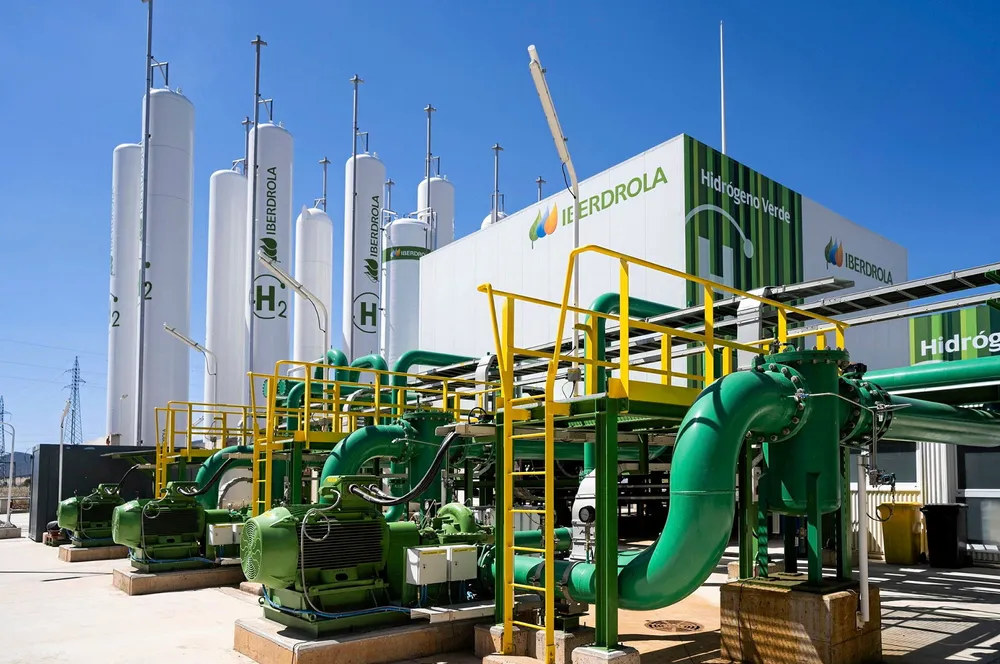Iberdrola to build €750m green hydrogen plant in Southern Europe to supply ammonia to world-leading exporter
US-based Trammo to purchase and sell up to 100,000 tonnes of renewable ammonia a year from the facility by 2026, with a view to exporting the output to Northern Europe
